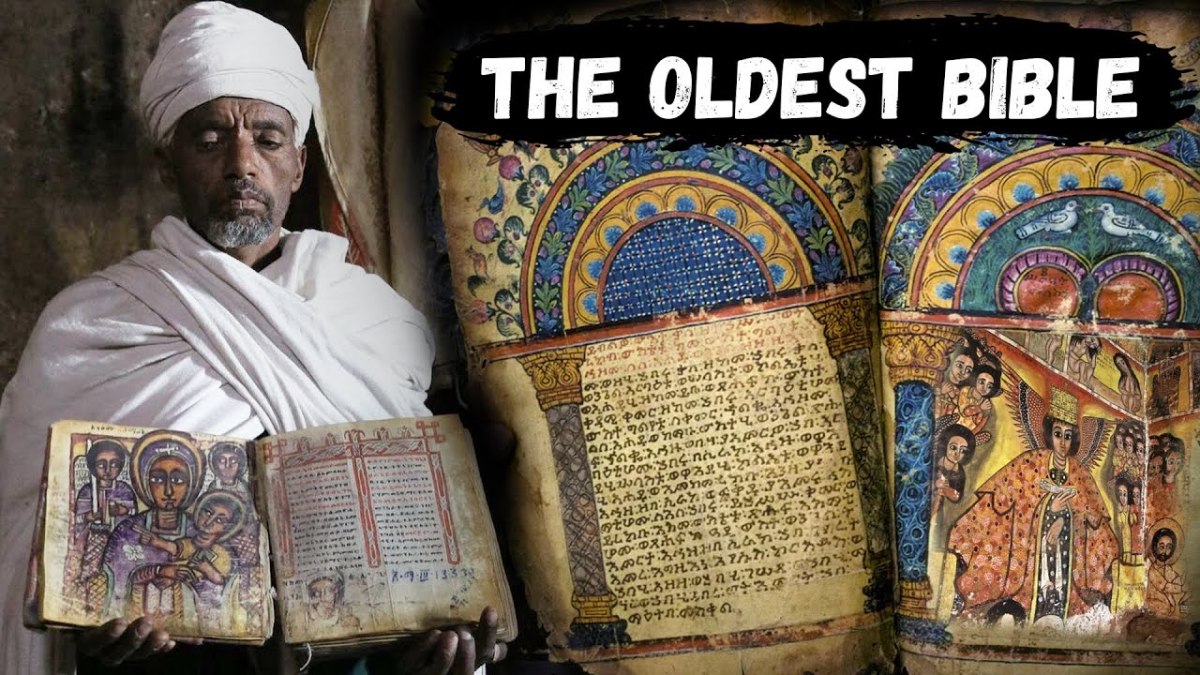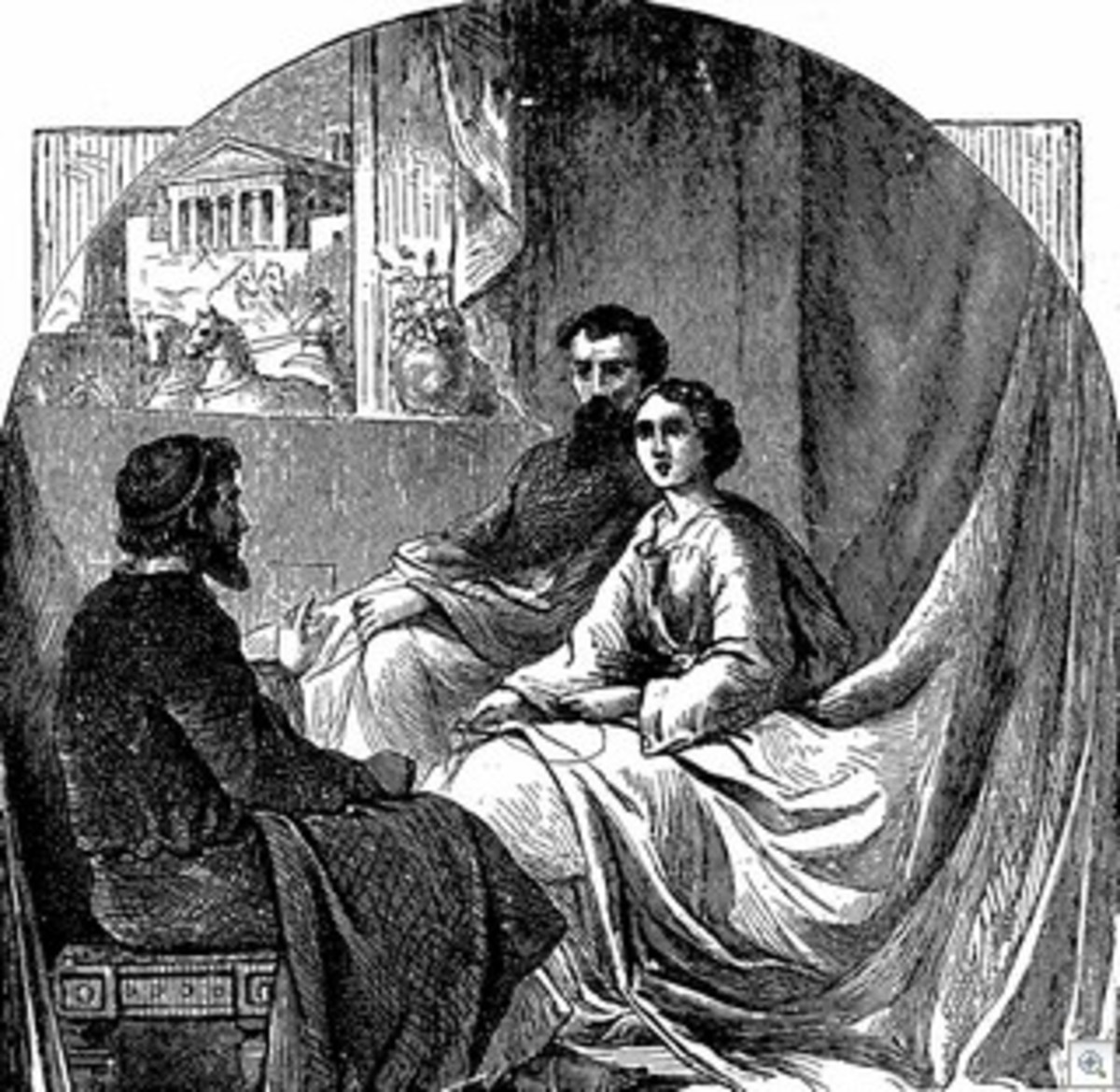Happy 400th Birthday to The King James Bible
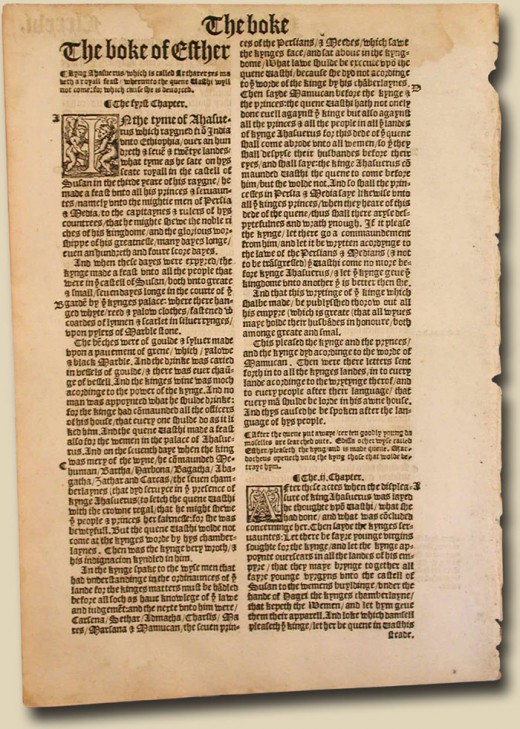
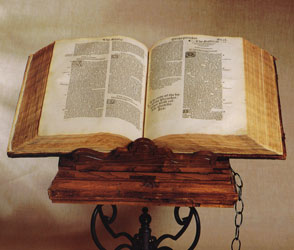

The King James Version of the Holy Bible turns four hundred years old this year in 2011. Many people refuse to use other versions and some even think the KJV is the original manuscript direct from the writers and God himself. However there were English translations prior to King James’ directions for this translations. And the King himself might be a shock to today’s believers.
Henry Stuart(Lord Darnley) and his wife Mary, Queen of Scots brought forth a son on June 19, 1566. They named him Charles James and he changed the world forever. James was born into a famous family. His great grandmother Margaret was sister to the infamous Henry VIII who married and beheaded wives on a regular basis. James held title as King of France, the same as his ancestors since 1422 but the title did not come with any claim to the throne of England. It was an acknowledgement of his royal blood and position only, affording him status and financial security.
James was destined for an unusual life. His mother, Queen Mary of Scots was forced to abdicate the throne of Scotland in 1567and fled to England where she lived in prison for the next nineteen years before being executed by her sister Elizabeth. Interestingly, she was beheaded as her father had done to so many others. This form of execution seems to have been a family favorite.
Prince James was thirteen months old when he received his mother’s title and was crowned King James VI of Scotland. He never saw his mother again after her arrest in 1567. He officially assumed power in 1583 at the age of seventeen. His education was heavily Presbyterian and Calvinist while his political stand was firmly tuned to the divine rights and righteousness of the kingship. As James grew into manhood he accepted his responsibility to the role of King and married Anne of Denmark in 1589 and had eight children with her although only three survived to adulthood.
James became King of England in March 1603 when he inherited the throne from his Aunt, Queen Elizabeth, being her closest blood relative. He was the first person to be King of England, Ireland and Scotland. He was James VI in Scotland and James I in England and ruled all three kingdoms until his death in 1625.
Through the years rumors persisted and do till the present time that James preferred the company of men and indeed he is buried with two of his favorite courtiers on either side of him. It is believed he was homosexual in nature and even called a close confidante his “wife.”
King James also persecuted women thought to be witches and personally was present during some of the torturing.
So how did this man come about commissioning the rewrite of the Bible? King James was very intelligent and published several books and wrote poetry including theology related poems. As a” divine being” James considered himself to be closer to God and able to see from a special viewpoint. As he wrote and studied King James saw that all written media could be used for benefit of the kingdom and for edification of people interested in all things holy. He directed the guiding principles he wished to see applied to the new translation and assembled forty seven scholars to begin the project.
They were to be diligent and faithful to the original languages of Hebrew, Greek and Aramaic and to translate in the literal sense. The language of the time was not “romantic” but the team was well educated and familiar with the original languages. Prior versions were difficult to read and contained archaic words and typesets. The following is a short history of the Bible before the King James scholars completed their work.
- God Himself wrote the first words of the Bible when He inscribed the Ten Commandments for Moses on Mount Sinai almost 3,500 years ago. The ancient Hebrew language would have been used so the writings could be read as this was the language of the time and people.
- The earliest Scriptures are called the Pentateuch and are Genesis, Exodus, Leviticus, Numbers and Deuteronomy. They were most likely recorded on animals skins, probably sheep since that animal was greatly used for food and sacrifice.
- When all five books are present on a scroll it is known as a Torah and unrolled is more than 150 feet long. An entire flock of sheepskin would be required for one scroll.
- Five hundred years before Christ all thirty nine books of the Old Testament had been recorded and preserved in Hebrew.
- Several centuries before Christ the Jewish historical books, the Apocrypha were completed and recorded in Greek.
- By the end of the first century after Christ, the New Testament was written and recorded on papyrus. These were tied together rather than being on a long scroll. The shape of a book as we know it was being formed. note: Papyrus is the same Greek root word as Bible.
- These papyrus groupings were called a codex and the oldest ones known to exist are The Codex Alexandrius, The Codex Sinaiticus and The Codex Vaticanus. They are recognized as dating back to (300) three hundred AD and have been identified as the twenty seven books that are recognized today as the New Testament.
- The New Testament was translated into Latin in 382AD by Father Jerome for the Catholic Church. This is known as the Latin Vulgate and contained a notation by Jerome that he wasn’t certain the Apocrypha were inspired writings or historical documents.
- In (500) five hundred AD the Bible had been translated into over than five hundred languages. Persecution were starting at this time and Catholic Church leaders struggled to control the Scriptures
- In 600 AD the Catholic Church of Rome was the only recognized religious organization and controlled what the people were allowed to see, read and know. They allowed the scriptures to be available in Latin only which the common man could not read or understand. Anyone caught with scriptures in any other language was executed. Thereby, the church had the power to control knowledge, spiritual “forgiveness” and money.
- By 995 AD Anglo-Saxon translations of The New Testament could be found in very limited quantities.
- In 1384 AD, John Wycliffe handwrote the entire Bible and produced the first manuscript in English. We must remember the vernacular of the time was much different than the English we use today and many people cannot read it.
- From 1384 to 1526 several translations were produced and Gutenberg invented the Printing Press. The first book ever printed was the Bible, in Latin of course.
- William Tyndale printed The New Testament in English in 1526. This was the first English printing. He was later strangled and burned at the stake by the Church.
- In 1535 the first complete Bible was printed in English by Myles Coverdale and included all eighty books and the Apocrypha.
- The “Great Bible” was printed in 1539 and for the first time ever, the public had an authorized Bible.
- The Geneva Bible added numbered chapter verses to the Bible in 1560.
- The next release in 1568 is to be noted as the one that the King James scholars revised.
- The Douay Old Testament was added to the 1582 Rheims in 1609 and became the first complete Catholic Bible and contained all eighty books.
- Now we hit the sweet spot of 1611 AD when the King James Version was completed and released. It underwent several revisions in the next few years but was essentially completed.
The Bible continued its transformation and does till this day. I will not list all of those because this is a compilation of information concerning the King James Version and the history thereof. However I am including a link so you can follow up and read more if you wish. The King James Version of the Holy Bible continues to be debated as the “perfect translation. I believe everyone must make that decision for him or herself using the Holy Spirit as a guide. It certainly is a beautiful and poetic read, keeping close to the flowing words of the original languages.
I firmly believe both the Old and New Testaments to be the inspired word of God. Regardless of the translation we read, the truth stands forever and it is His truth given to reveal and to assist us in our earthly walk here on Earth.
- English Bible History: Timeline of how we got the English Bible
English Bible History: Discover the fascinating history of how we got the Bible in the English language, from Wycliffe, Tyndale, Luther, to King Henry VIII and King James
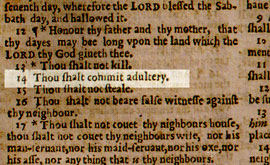
Wanna Buy A Bible? Only $89,500
This collector’s King James Version Bible is called The Wicked Bible and is so rare that only one exists for sale today. The printers made an awful, and costly, mistake which caused them to be fined 300 pounds sterling when they (mis)printed the Ten Commandments to read “Thou shalt commit adultery"!They accidentally left out the “NOT.” By the time the mistake was uncovered, one thousand copies had been printed and were ordered destroyed. Somehow a few were secreted to safety and only one remains for sale in the entire world and can be yours for only $89,500.
A Scroll For Your Collection
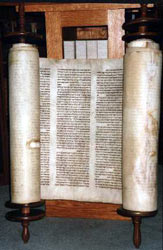
You can have this 900 Year-Old Biblical Scroll for your collection for only $145,900. It is a complete Hebrew Torah (original Old Testament Scriptures) on a giant sheepskin scroll over 160 feet long and 2 1/2 feet high! It dates back to the early 1100's AD. One-of-a-kind, with a beautiful, hand-crafted soft cloth cover. Available only at http://www.greatsite.com/ancient-rare-bibles-books/platinum.html
Native American Bible only $795,000
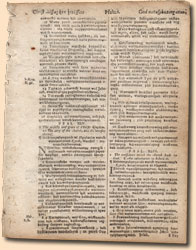
1663 Eliot Indian Bible
The first Bible printed in America featured native Algonquin Indian language, and was used by John Eliot to evangelize American Indians. He actually developed a phonetic rendering of their native tongue and convert their spoken language into print for the first time!
http://www.greatsite.com/ancient-rare-bibles-books/platinum.html
Resources and Interesting Facts
***The King James Bible we buy today is printed in the ROMAN TYPE FACE! The King James Bible of 1611 was printed in the GOTHIC TYPE FACE.
**A 1631 edition became known as the “Wicked Bible” because the seventh commandment read, “thou shalt commit adultery.” The printer was fined 300 pounds.
**In 1653, there was a misprint in I Corinthians 6:9 that read, “Know ye not that the unrighteous shall inherit the kingdom of God” and one in Romans 6:13 that read, “"Neither yield ye your members as instruments of righteousness unto sin." This Bible became known as “the Unrighteous Bible.”
** The printer of the "Fool Bible" had to pay 3,000 pounds for this mistake in Psalm 14:1: “The fool hath said in his heart there is a God.”
**In 1716, the “Sin On Bible” commanded, “Go, and sin on more” in John 8:11.
**In 1717, there was a misprint in a heading for the “parable of the vineyard,” which called it the "Parable of the vinegar." This Bible was called “the Vinegar Bible.”
**In 1801, Jude 16 stated, "these are murderers" instead of “murmurers”, and Mark 7:27 stated, “let the children first be killed” instead of “filled.” This Bible was nicknamed “the Murderers Bible.”
**In 1820, Jesus says, "Who hath ears to ear, let him hear" in Matthew 13:43, and this was called “the Ears to Ear" Bible.
**In 1823, Genesis 24:61 states "Rebekah arose, and her camels", instead of "her damsels," in “Rebekah’s Camels Bible.”
**The cause for all of these defects may be found in “the Printers' Bible” (1702), which states in Psalm 119:161, "printers have persecuted me" (instead of “princes.” have persecuted me.
PLEASE READ THIS COPYRIGHT NOTICE
All photographs and text on this site are protected under United States and international copyright laws © Brenda Barnes.






